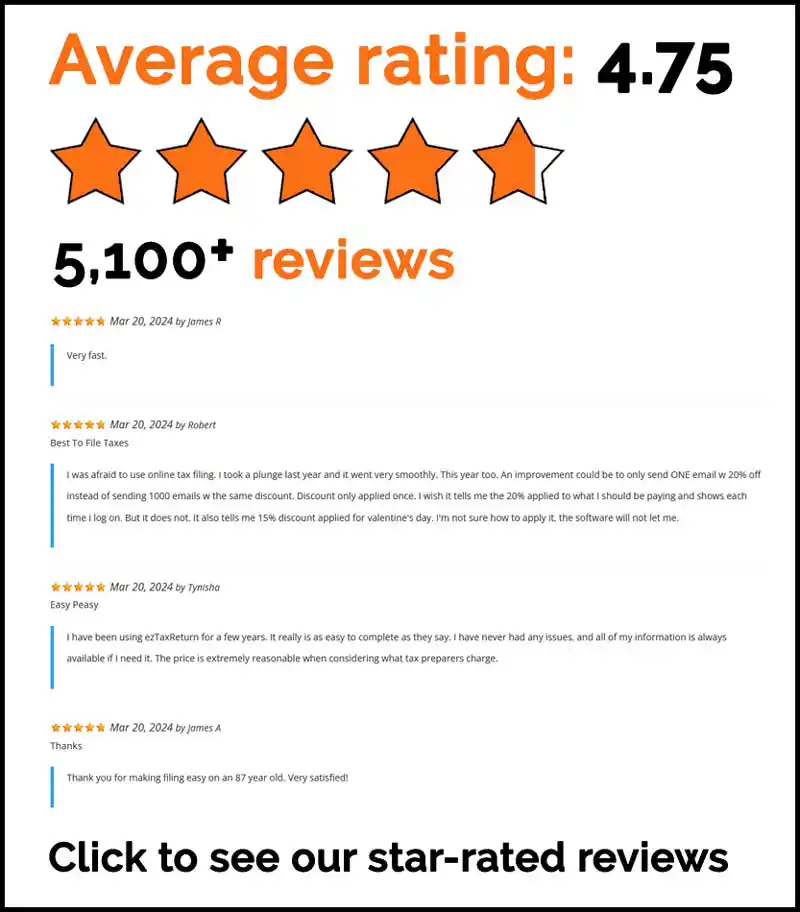The open enrollment period for 2025 health coverage runs from November 1st until January 15, 2025. This is your chance to shop around for a new health insurance plan through the Health Insurance Marketplace or update the plan you already have. Here are some things to keep in mind when choosing a plan.
Know Your Health Insurance Options
It’s important to know your health insurance options so you can make the best choice for you. Health insurance plans can be categorized into several types, including individual, group, and family plans. Individual plans are designed for one person, while group plans are offered by employers to their employees. Family plans, on the other hand, cover multiple family members.
When choosing a health insurance plan, it’s essential to consider your health care needs, budget, and lifestyle. You should also research the insurance company’s reputation, network of providers, and customer service. This will help ensure that you select a health insurance plan that meets your specific needs and provides the best health coverage for you and your family.
Types of Health Insurance Plans
There are several types of health insurance plans available, each with its own set of rules and benefits:
- Health Maintenance Organization (HMO) plans: These plans require you to receive care from a network of providers, except in emergency cases. HMOs often have lower premiums and out-of-pocket costs but require referrals to see specialists.
- Preferred Provider Organization (PPO) plans: These plans have a network of preferred providers, but you can also see out-of-network providers for a higher cost. PPOs offer more flexibility in choosing healthcare providers and do not require referrals for specialists.
- Exclusive Provider Organization (EPO) plans: These plans have a network of providers, but you can only see out-of-network providers in emergency cases. EPOs typically have lower premiums than PPOs but less flexibility.
- Point of Service (POS) plans: These plans have a network of providers, but you can also see out-of-network providers with a referral. POS plans combine features of HMOs and PPOs, offering more flexibility than HMOs but requiring referrals for out-of-network care.
- Catastrophic plans: These plans have lower premiums but higher deductibles and are designed for individuals under 30 or those who qualify for a hardship or affordability exemption. Catastrophic plans cover essential health benefits after you meet a high deductible and are intended for worst-case scenarios.
Understanding the differences between these health insurance plans can help you choose the best health insurance plan for your needs.
Make Sure Your Current Providers Are in the Health Insurance Plans’ Network
Once you find a doctor you love, chances are you want to hold on to them forever. So, when you choose health insurance, make sure to evaluate different insurance plans based on your personal needs and preferences, ensuring your preferred doctors, specialists, hospital, and pharmacy are in the plan’s network. When you go to an out-of-network doctor or facility, you may be fully responsible for the cost of care and spend more than necessary.
If you’re on the hunt for a new doctor, find one that’s nearby and within the plan’s network. Consider the office hours, ask if they’re accepting new patients, check their credentials and read patient reviews. Although everyone has their own opinion, if most people are saying the same things, it’s probably true.
See What Prescription Drugs Are Covered
If you’re currently taking prescription drugs for an ongoing illness, you need to make sure that your medications are covered by your plan, or you’ll have to pay out of pocket. Check their formulary (list of covered drugs) to see if yours is on there. Usually, the medications will be categorized by tiers. The lower tiers are usually generic drugs and have the lowest copays. Some plans may require you to try the generic version first or require authorization for brand name medications.
Your Monthly Premium
Your premium is the amount you’ll pay the insurance company monthly for coverage. If you fall behind on your payments, the insurance company can terminate coverage. Typically, the more benefits your plan offers, the higher your premium. Although health insurance can be pricey, you may be eligible for a premium tax credit to help cover the cost of a Marketplace plan. Your credit is based on your income and household information. Be sure to update the Marketplace anytime you experience a change in circumstance so they can make the proper adjustments. If you receive more assistance than you qualify for, you’ll need to repay the difference when you file your tax return. If you use less, you’ll receive a refundable credit on your taxes.
The Plan’s Deductible
Your deductible is the amount you’ll pay before your health plan covers the cost. So, if you have a $1,500 deductible, you’ll be responsible for the out-of-pocket expenses until you reach that amount. After you hit your deductible, you may still have to pay a portion of the bill, but your insurance will cover the rest. Usually, the higher your deductible, the lower your monthly premium. This is an affordable option if you are generally healthy. Keep in mind, most health plans must cover preventative care services such as screenings and immunizations at no cost to you.
Be Aware of the Copay, Coinsurance, or Out of Pocket Costs
There are other costs associated with your insurance that you need to know. Even after you reach your deductible, you may still be responsible for a copay or coinsurance. A copay is a flat fee you pay at the time of service or when you pick up a prescription from the pharmacy. Coinsurance is a percentage of the medicals costs you’ll be responsible for paying. Commonly, insurance companies will do an 80/20 split which means your insurance will cover 80% of the bill and you’ll pay 20%.
Preventive Care and Essential Health Benefits
Preventive care is an essential aspect of health insurance. The Affordable Care Act requires all health insurance plans to cover certain preventive services, including:
- Annual physical exams: These exams help detect health problems early on, allowing for timely treatment and better health outcomes.
- Vaccinations: Vaccinations protect against diseases such as flu, HPV, and pneumonia, helping to prevent serious illnesses.
- Screenings: Screenings help detect health problems, such as cancer, diabetes, and heart disease, at an early stage when they are more treatable.
- Mental health care: Mental health care services, including counseling and therapy, are essential for overall well-being and are covered by health insurance plans.
Essential health benefits are a set of benefits that all health insurance plans must cover. These benefits include:
- Ambulatory patient services: These services include doctor visits, outpatient care, and medical tests.
- Emergency services: Emergency services, including emergency room visits and ambulance rides, are covered.
- Hospitalization: Hospital stays, including surgical and non-surgical care, are covered.
- Maternity care: Maternity care, including prenatal care, delivery, and postpartum care, is covered.
- Pediatric services: Pediatric services, including well-child visits and vaccinations, are covered.
These essential health benefits ensure that you have access to comprehensive health care services, providing peace of mind and better health outcomes.
Health Savings Accounts (HSAs)
A Health Savings Account (HSA) is a tax-advantaged savings account that allows you to set aside money for medical expenses. To be eligible for an HSA, you must have a high-deductible health plan (HDHP).
HSAs offer several benefits, including:
- Tax-free contributions: Contributions to an HSA are tax-free, reducing your taxable income.
- Tax-free growth: The money in your HSA grows tax-free, allowing your savings to accumulate over time.
- Tax-free withdrawals: Withdrawals from an HSA are tax-free if used for qualified medical expenses, providing a tax-efficient way to pay for health care costs.
An HSA can be a valuable tool for managing your health care expenses, offering both immediate tax benefits and long-term savings potential.
Final Checklist
Before choosing a health insurance plan, make sure to:
- Research the insurance company: Research the insurance company’s reputation, network of providers, and customer service to ensure you are choosing a reliable provider.
- Compare plans: Compare different plans, including their premiums, deductibles, and out-of-pocket costs, to find the best health insurance plan for your needs.
- Check the network: Check the network of providers to ensure that your doctors and hospitals are included, avoiding out-of-network costs.
- Review the benefits: Review the benefits, including preventive care and essential health benefits, to ensure the plan covers the health care services you need.
- Consider your budget: Consider your budget and choose a plan that fits your needs and budget, balancing premiums, deductibles, and out-of-pocket costs.
- Seek professional help: Seek professional help from a licensed insurance agent or broker if needed, to get expert advice and ensure you make an informed decision.
By following this checklist, you can choose a health insurance plan that provides comprehensive health coverage and meets your specific needs.
Choosing the right health insurance plan is important, but so is making sure your taxes are in good hands. At ezTaxReturn, we make tax season a breeze—no confusion, no stress, just a simple way to file and get the biggest refund possible. So, once you’ve got your health insurance sorted, why not make tax time just as easy? Start today and let us handle the rest!
The articles and content published on this blog are provided for informational purposes only. The information presented is not intended to be, and should not be taken as, legal, financial, or professional advice. Readers are advised to seek appropriate professional guidance and conduct their own due diligence before making any decisions based on the information provided.




